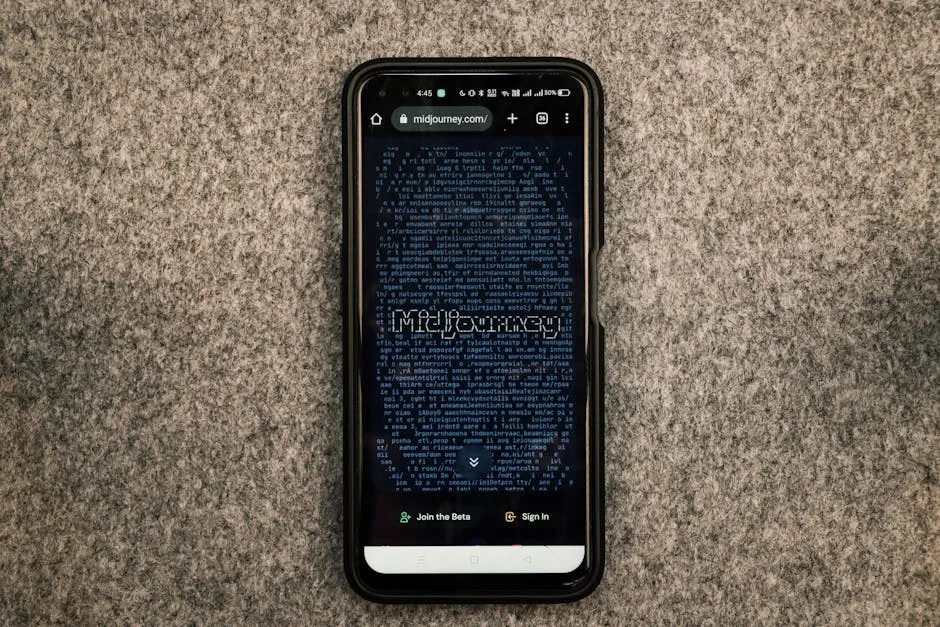In today’s competitive market, selling high ticket products can be a daunting task. However, one powerful tool that can significantly boost your sales is storytelling. By weaving compelling narratives, you can connect with your audience on an emotional level, making them more likely to invest in your premium offerings.
Table of Contents
ToggleWhy Storytelling Works
Storytelling is a fundamental human experience. From ancient myths to modern movies, stories have always been a way to convey values, emotions, and information. When it comes to selling high ticket products, storytelling can:
- Build trust and credibility
- Engage and captivate your audience
- Highlight the unique value of your product
- Make your brand memorable
Understanding Your Audience
Before you can craft a compelling story, you need to understand who you’re talking to. This involves:
- Identifying your target audience
- Understanding their pain points and desires
- Knowing what motivates them to make a purchase
For example, if you’re selling a high-end fitness program, your audience might be health-conscious individuals looking for effective ways to achieve their fitness goals.
Crafting Your Story
Once you understand your audience, it’s time to craft your story. A compelling story typically includes the following elements:
- Character: The protagonist of your story, often a relatable figure who represents your target audience.
- Conflict: The challenge or problem that the character faces, which your product can solve.
- Resolution: How your product helps the character overcome the conflict and achieve their goals.
For instance, if you’re selling a luxury watch, your story might revolve around a successful professional who needs a reliable and stylish timepiece to complement their lifestyle.
Using Emotional Triggers
Emotions play a crucial role in decision-making. To make your story more impactful, incorporate emotional triggers such as:
- Aspiration: Show how your product can help your audience achieve their dreams and aspirations.
- Fear: Highlight the potential negative consequences of not using your product.
- Belonging: Create a sense of community and belonging around your brand.
For example, a high-end travel agency might use stories that evoke the excitement and joy of exploring exotic destinations.
Incorporating Visuals
Visuals can enhance your storytelling by making it more engaging and memorable. Consider using:
- High-quality images and videos
- Infographics and charts
- Customer testimonials and case studies
For example, a luxury car brand might use stunning visuals of their vehicles in action, along with testimonials from satisfied customers.
Example High Ticket Sales Script with Storytelling
High-ticket sales require more than just a standard pitch. A compelling story can be a powerful tool to connect with potential clients on an emotional level and illustrate the transformative impact of your product or service. Below, we outline an example of a high-ticket sales script that leverages storytelling to capture and maintain interest.
Introduction
The introduction is your first chance to make an impression. Establish trust and build a connection from the get-go.
- Introduce yourself and your company.
- Briefly explain the purpose of the call or meeting.
- Set the agenda for the conversation.
Example:
“Hi [Client’s Name], my name is [Your Name], and I’m with [Your Company]. Thank you for taking the time to speak with me today. The goal of our conversation is to understand your current challenges and see how we might be able to help you achieve your goals.”
The Story
Sharing a relevant story can illustrate the value of your offering in a relatable and engaging manner.
- Start with a relatable problem or pain point.
- Introduce the character (a previous client) who faced this problem.
- Describe the solution your product or service provided.
- Highlight the positive outcome and transformation.
Example:
“Let me share a story about one of our clients, [Client’s Name]. A few months ago, they were struggling with [specific problem]. They were spending countless hours and resources trying to find a solution, but nothing seemed to work. That’s when they reached out to us.”
“We worked closely with them to implement [your solution]. Within just a few weeks, they started to see significant improvements. Not only did [specific benefit], but they also [additional benefit]. Today, they are [describe the transformed state], and their business is thriving.”
Presenting the Offer
After the story, seamlessly transition into presenting your offer. Clearly articulate how your solution can address the prospect’s specific needs.
- Relate the story back to the prospect’s situation.
- Explain the features and benefits of your product or service.
- Highlight any unique selling points.
Example:
“Based on what I’ve learned about your situation, I believe we can help you achieve similar results. Our [product/service] is designed to [specific feature], which will allow you to [specific benefit]. Additionally, we offer [unique selling point], ensuring that you get the best possible outcome.”
Closing the Sale
Finally, guide the prospect towards the next steps. Make it easy for them to commit by being clear and direct.
- Summarize the key points discussed.
- Ask a direct closing question.
- Be prepared to handle objections.
Example:
“To summarize, we can help you [recap benefits]. Are you ready to take the next step and see how we can start implementing this solution for you? I can send over the agreement right now, and we can get started as soon as you’re ready.”
Traditional Selling vs. Storytelling
| Aspect | Traditional Selling | Storytelling |
|---|---|---|
| Focus | Product features and benefits | Emotional connection and narrative |
| Engagement | Informative but often dry | Captivating and memorable |
| Trust | Relies on facts and figures | Builds trust through relatable characters and scenarios |
| Conversion | May require multiple touchpoints | Can lead to quicker and more emotional purchase decisions |
FAQs
What is high ticket selling?
High ticket selling refers to the process of selling products or services that are priced significantly higher than average. These products often offer premium features, exceptional quality, or exclusive benefits.
Why is storytelling effective in high ticket selling?
Storytelling is effective because it creates an emotional connection with the audience, making them more likely to trust and invest in your product. It also helps to differentiate your brand and highlight the unique value of your offering.
How can I identify my target audience?
To identify your target audience, consider factors such as demographics, interests, pain points, and purchasing behavior. Conduct market research, surveys, and analyze customer data to gain insights into your ideal customers.
What are some common emotional triggers used in storytelling?
Common emotional triggers include aspiration, fear, belonging, nostalgia, and excitement. These triggers can help to create a deeper connection with your audience and motivate them to take action.
Conclusion
Storytelling is a powerful tool that can help you sell high ticket products by creating an emotional connection with your audience. By understanding your audience, crafting compelling narratives, using emotional triggers, and incorporating visuals, you can make your brand memorable and drive sales.
Remember, the key to successful storytelling is authenticity. Be genuine in your approach, and focus on delivering value to your customers. With the right story, you can turn potential buyers into loyal advocates for your brand.
So, go ahead and start weaving your story. Your high ticket products deserve to be showcased in the best light possible!


 I'm Alex. I am a self described creative entrepreneur (and also a fine artist). You could say I'm an abstract painter by day and a tech nerd by night. I worked in sales as a lead generation expert and closer for over 15 years and now I'm sharing my knowledge and experience with others.
I'm Alex. I am a self described creative entrepreneur (and also a fine artist). You could say I'm an abstract painter by day and a tech nerd by night. I worked in sales as a lead generation expert and closer for over 15 years and now I'm sharing my knowledge and experience with others.  Free Cold Email Course
Free Cold Email Course





 No credit card required
No credit card required